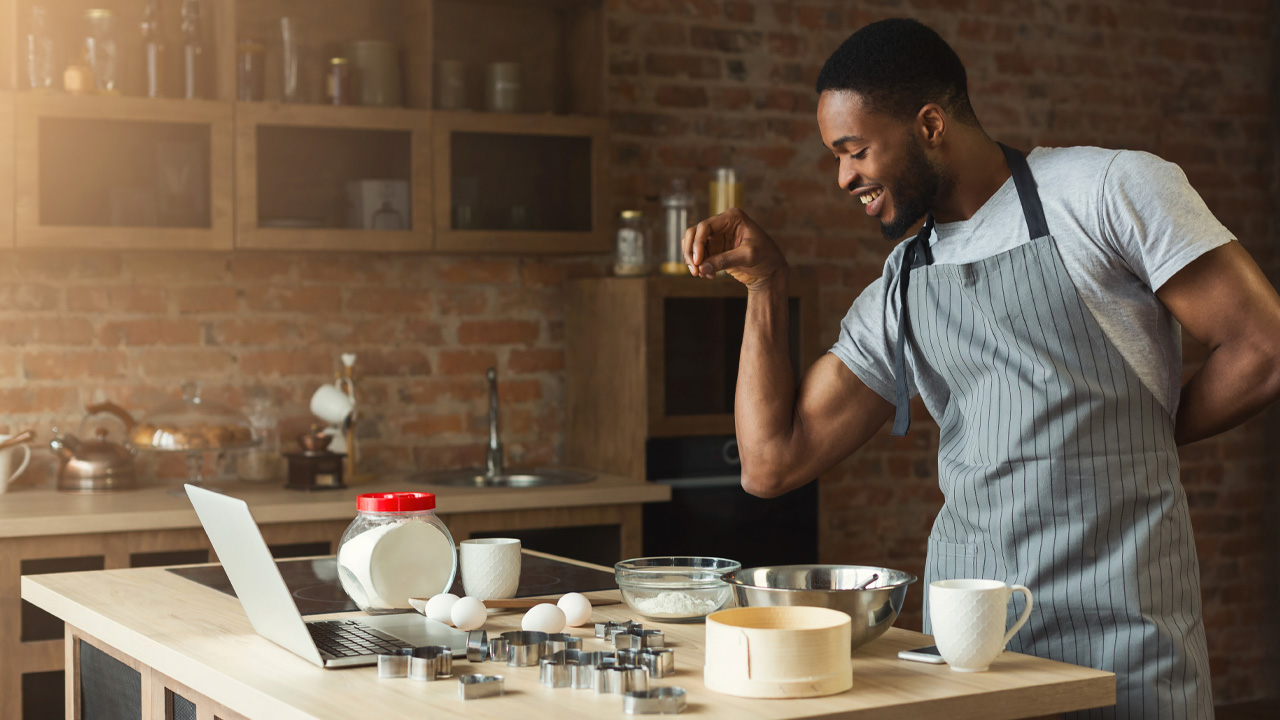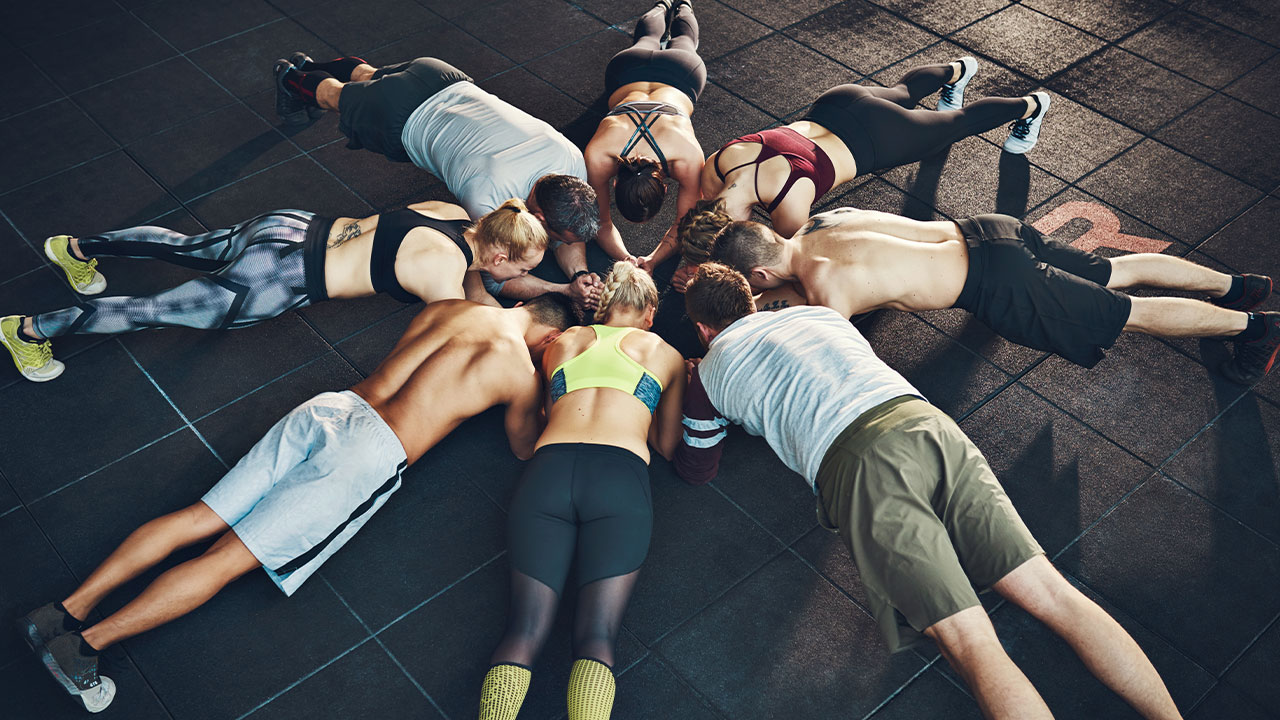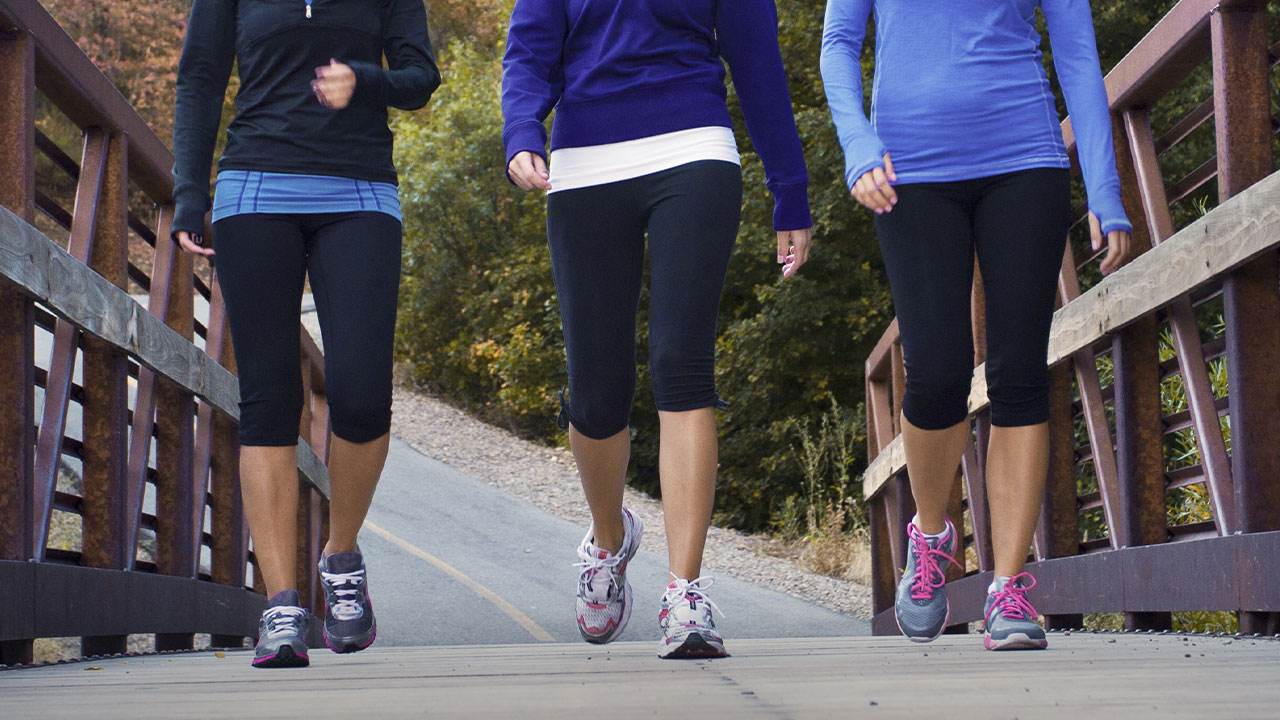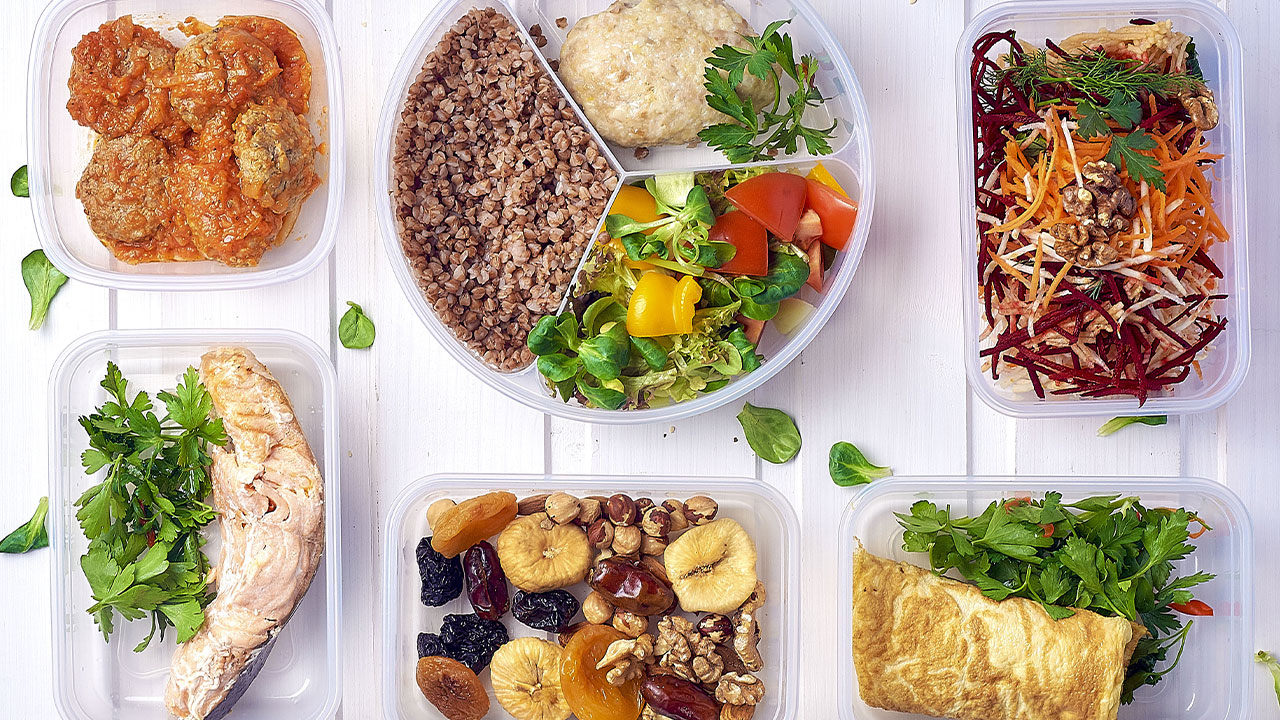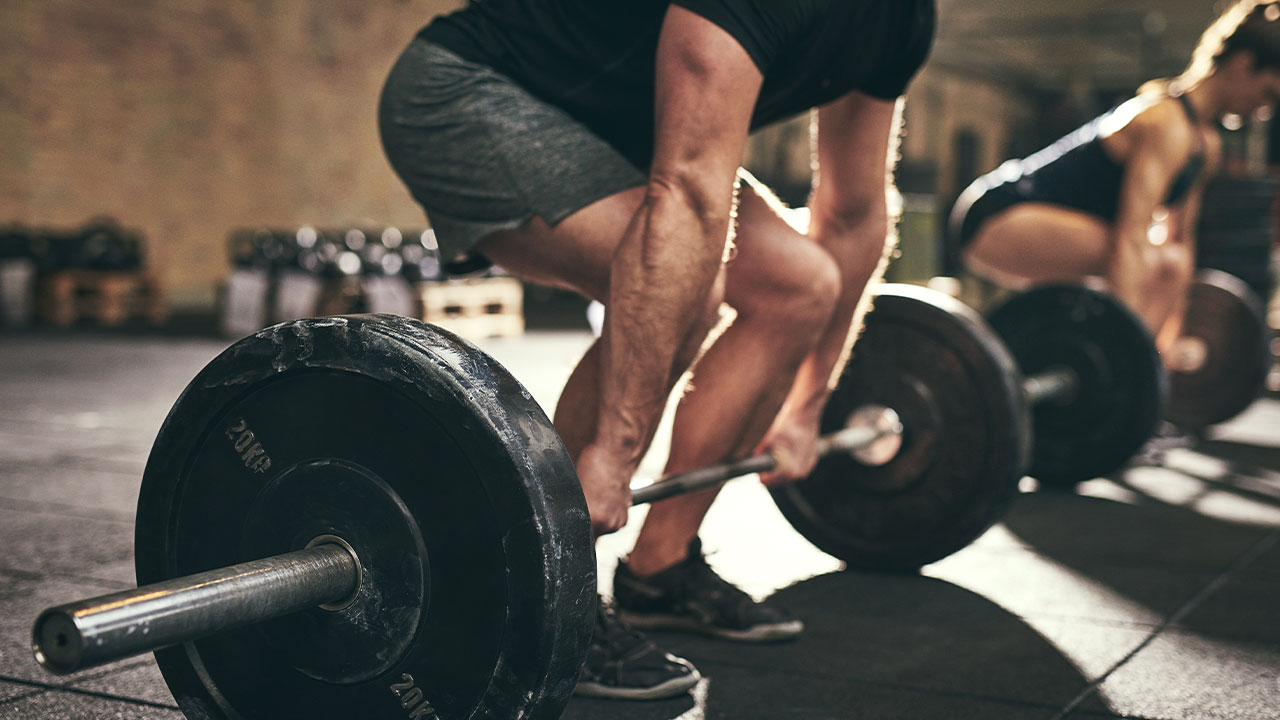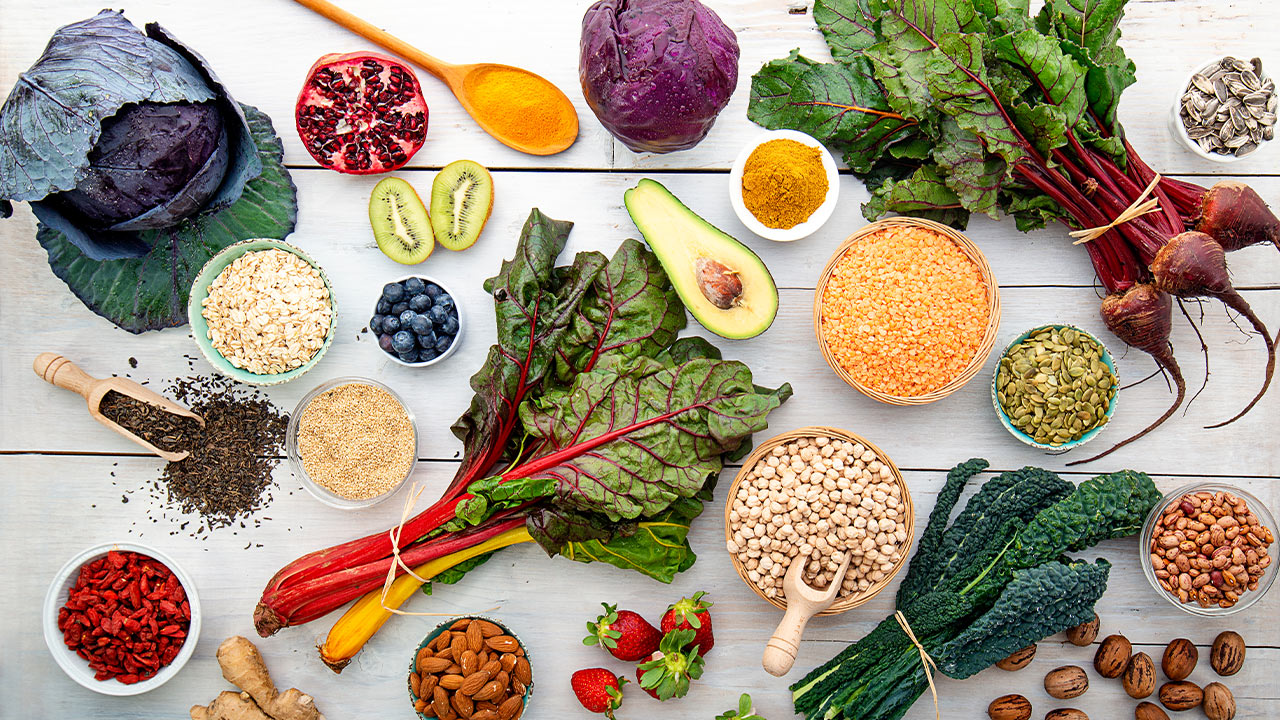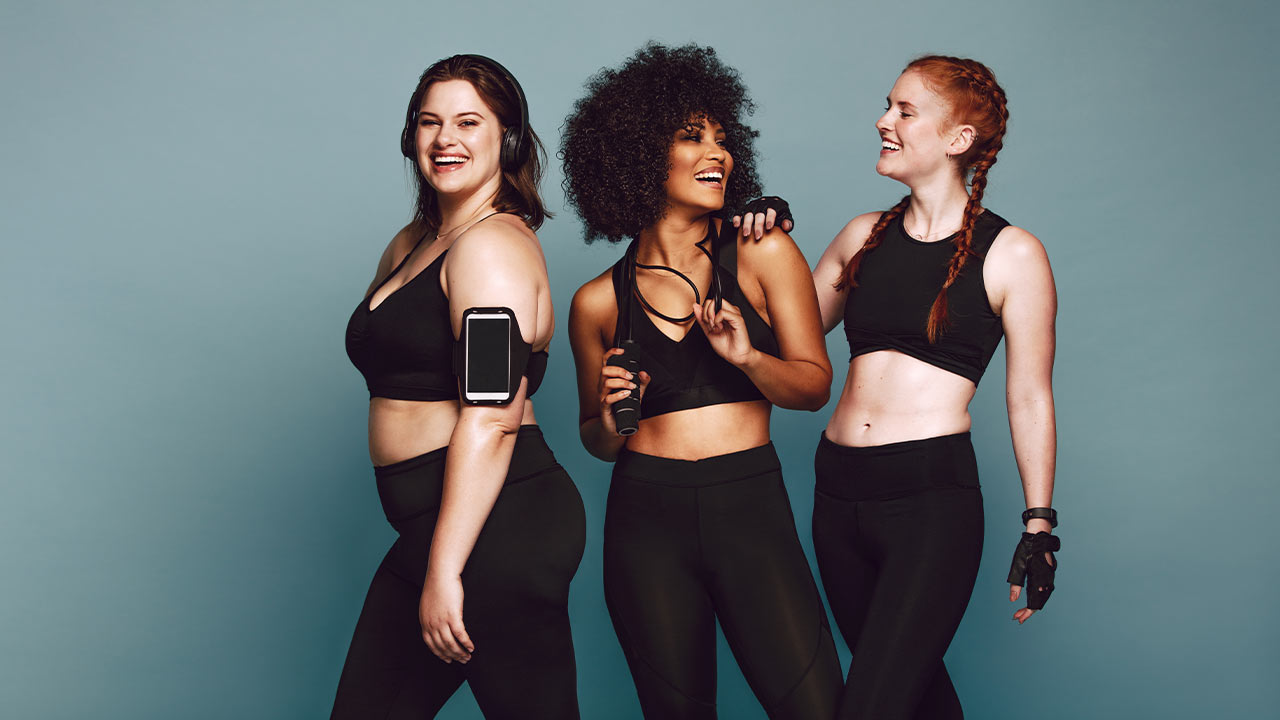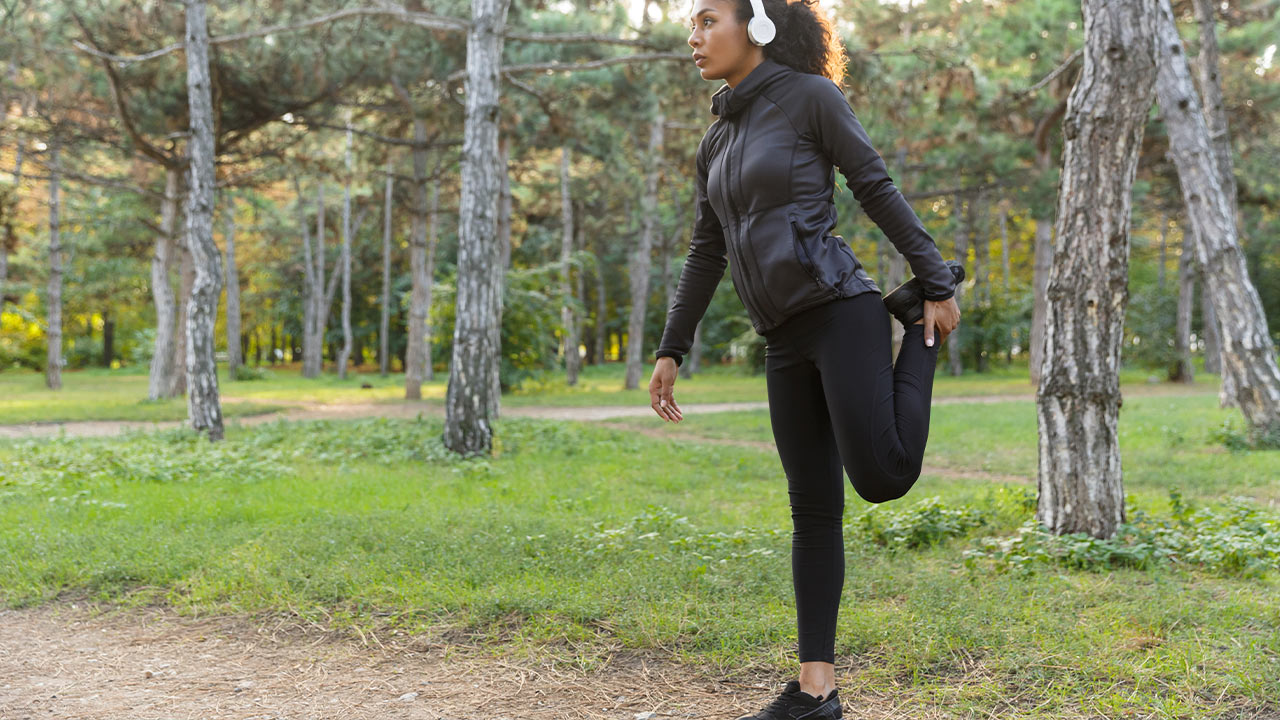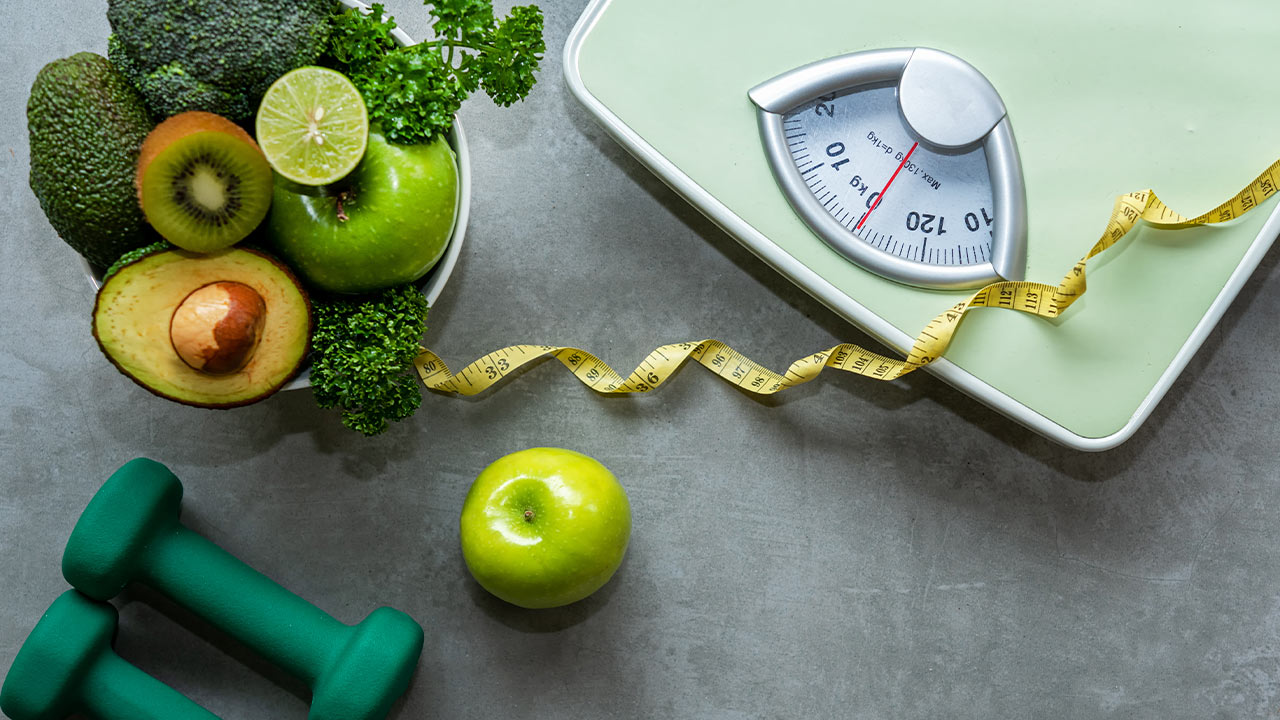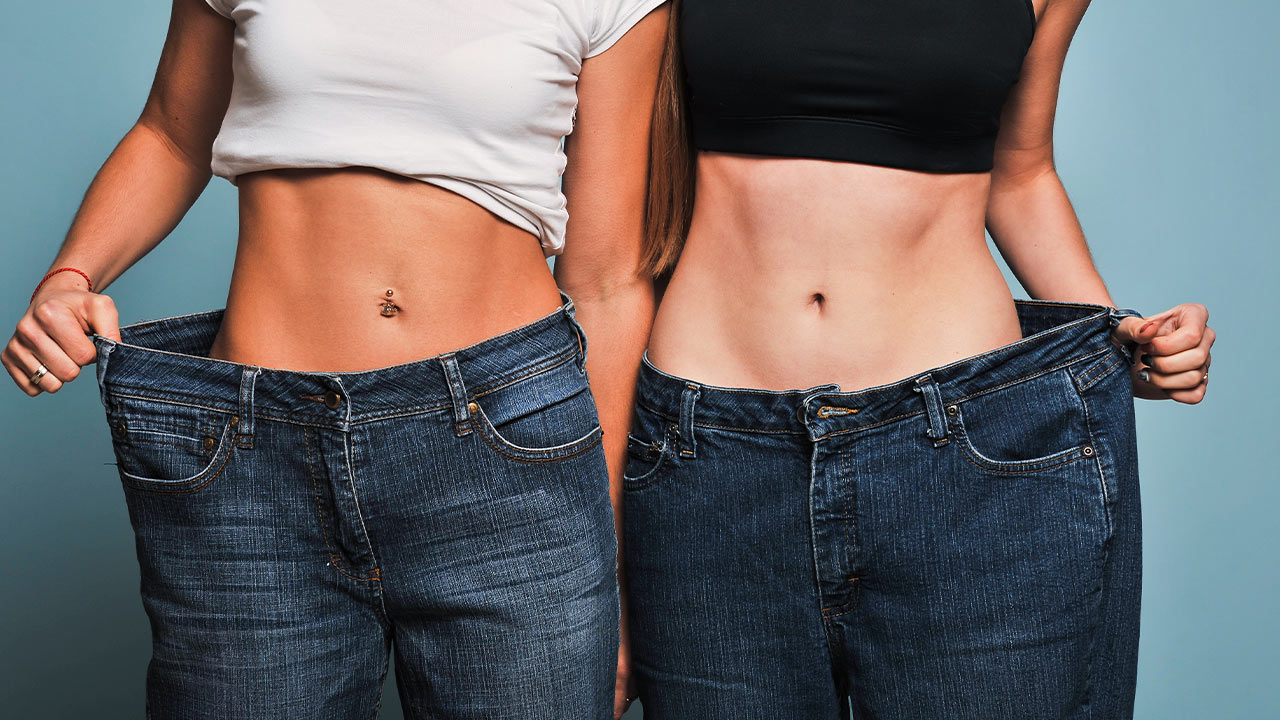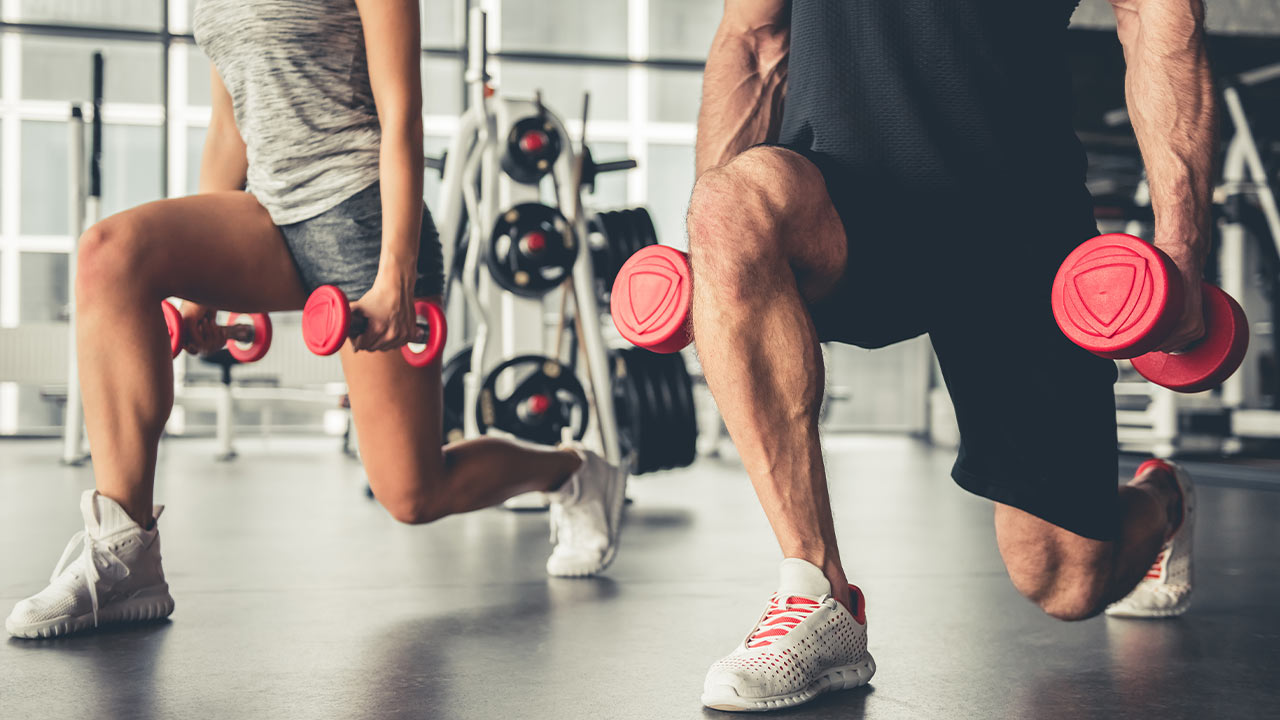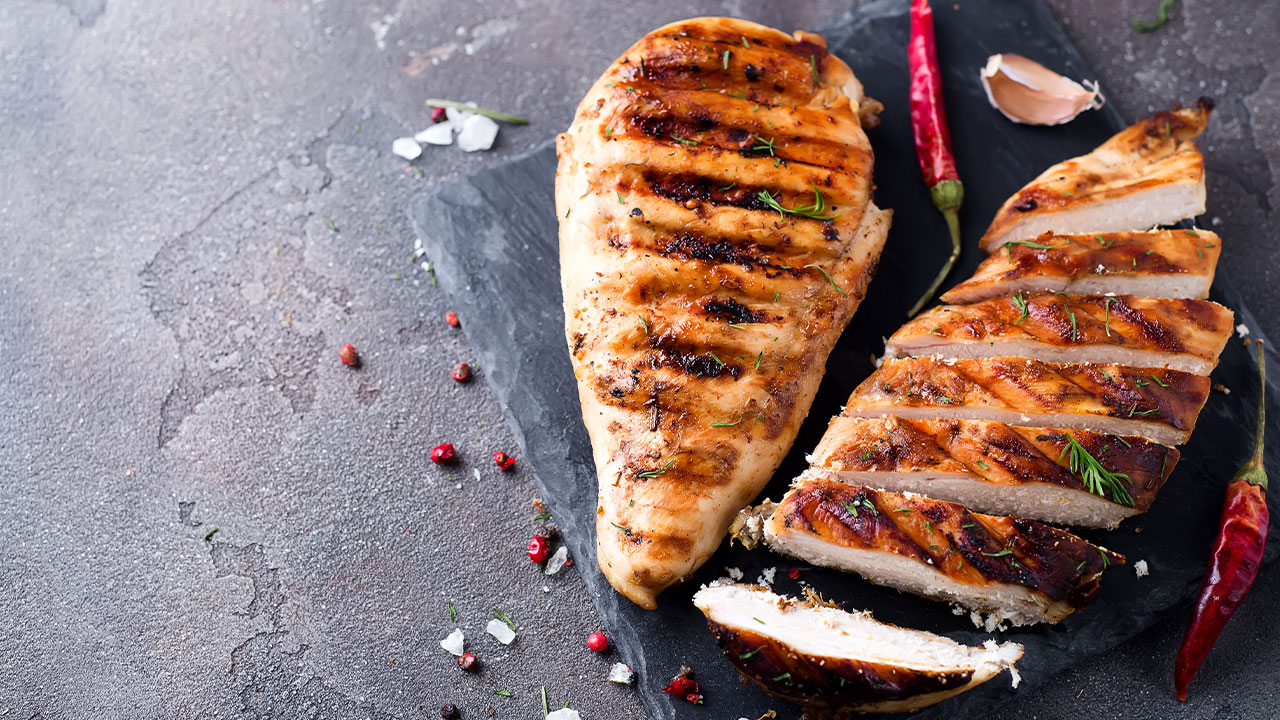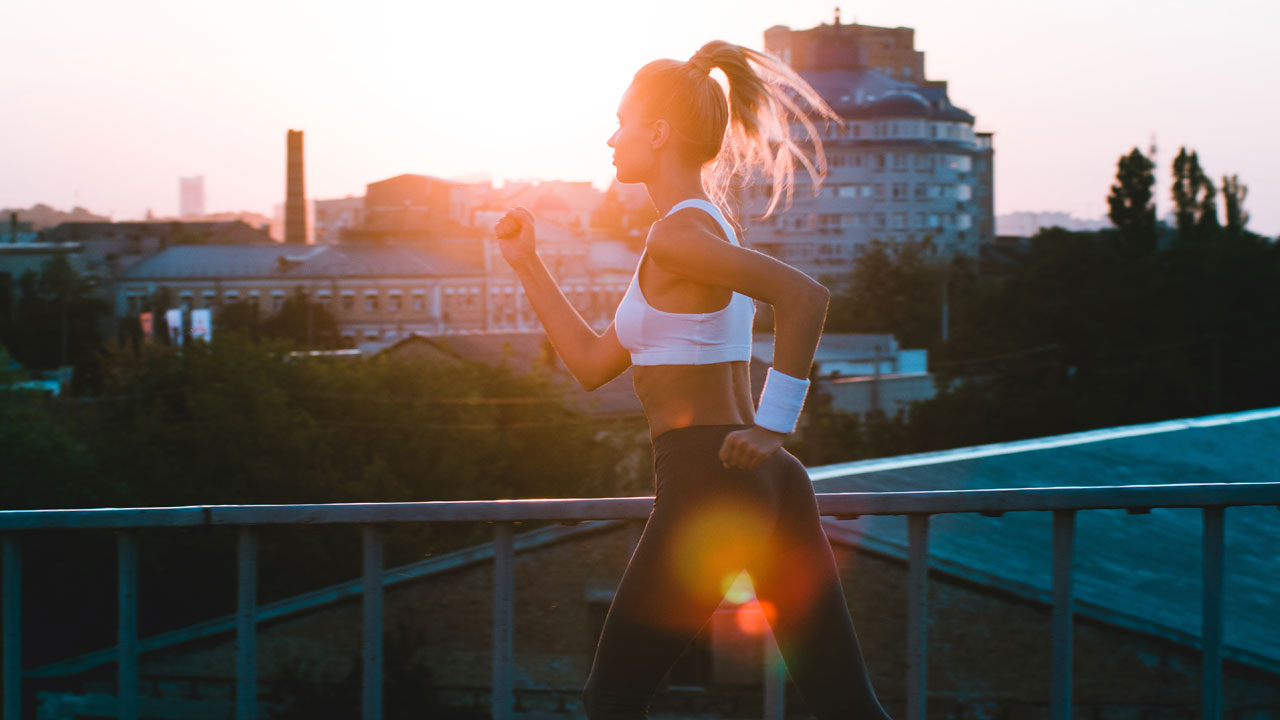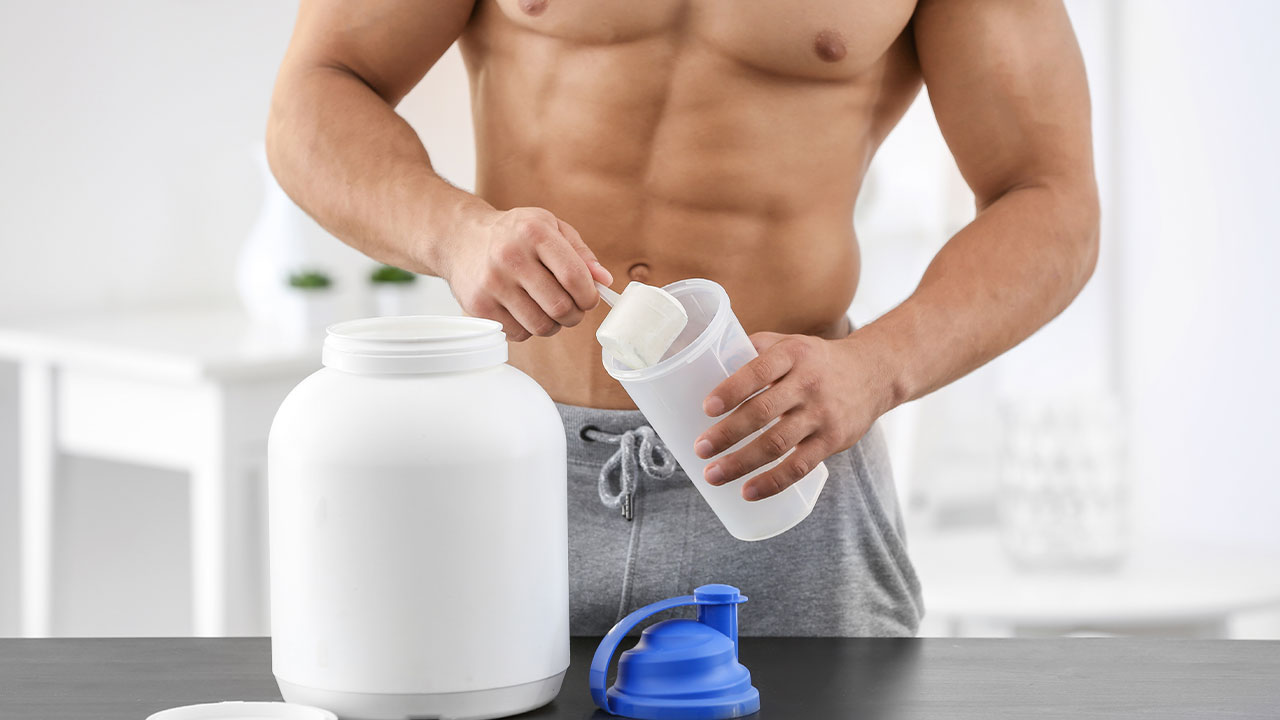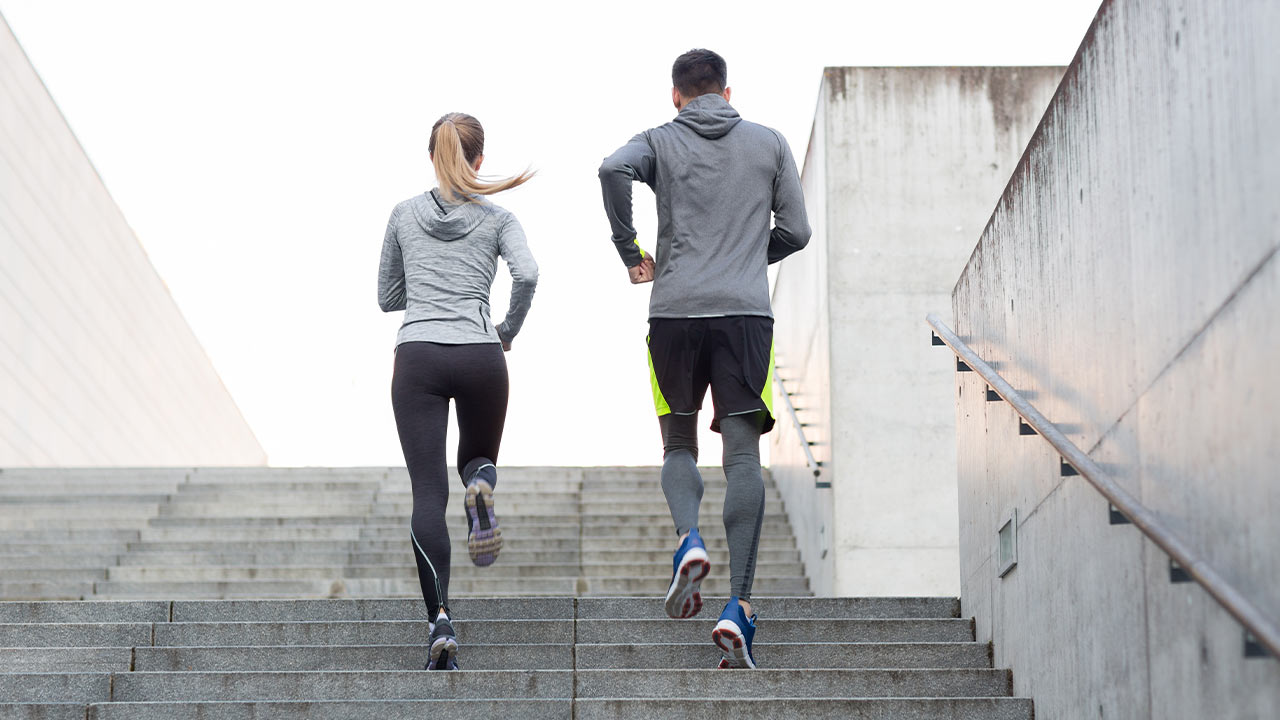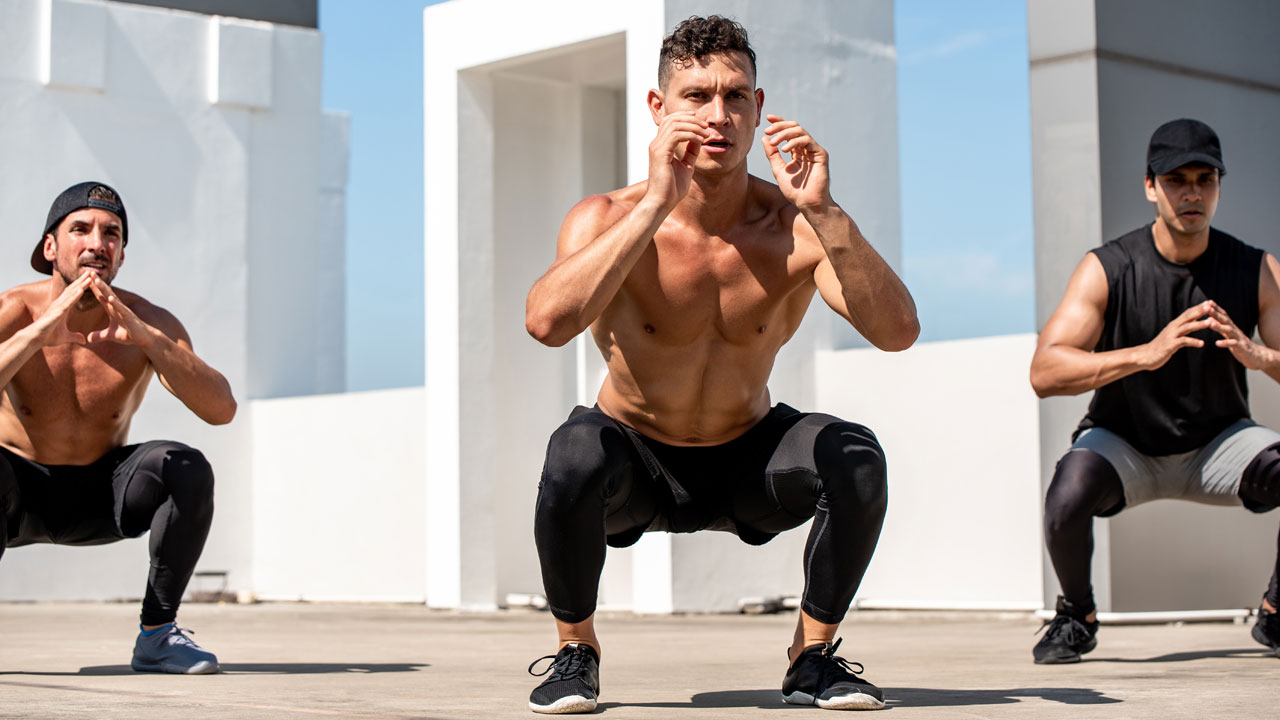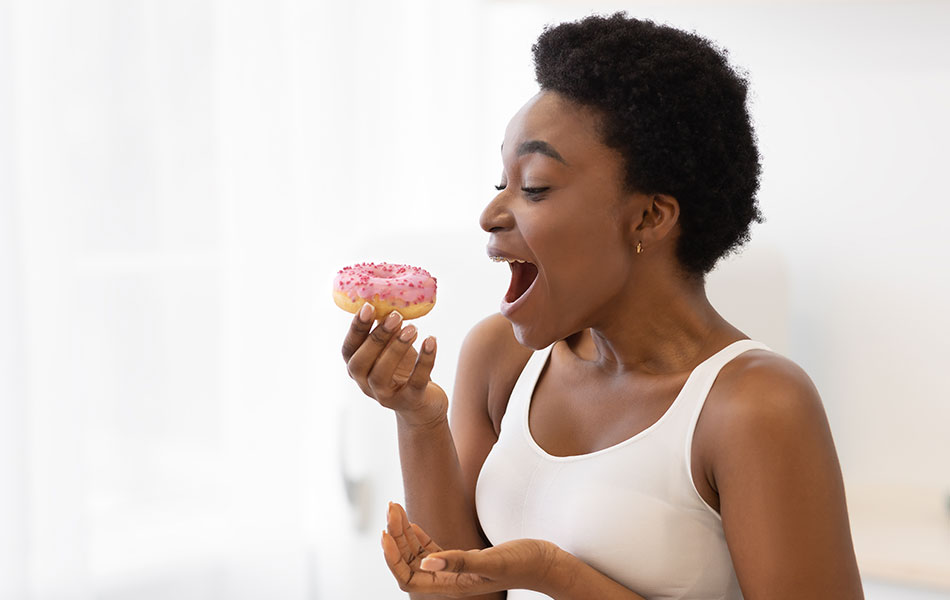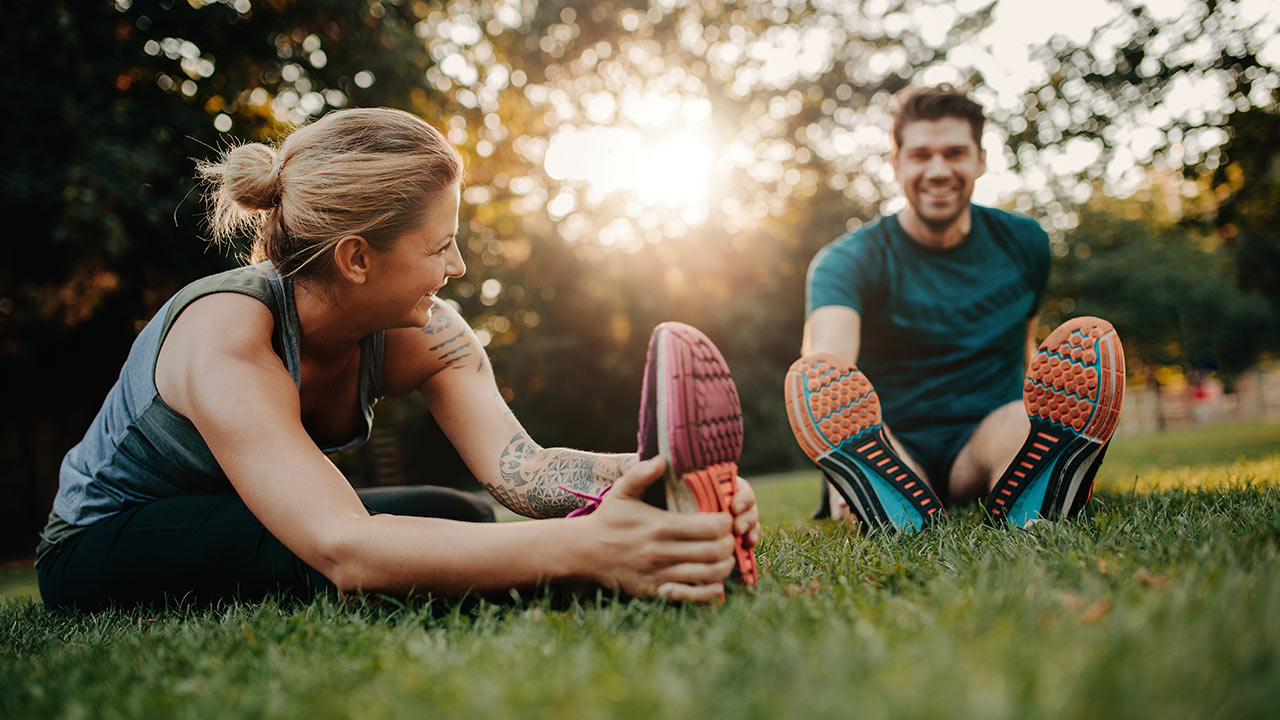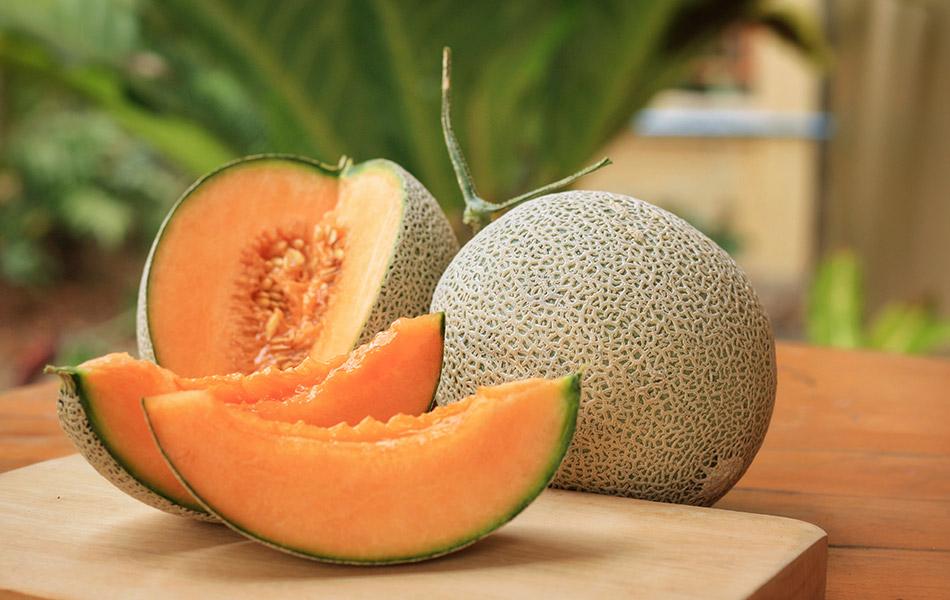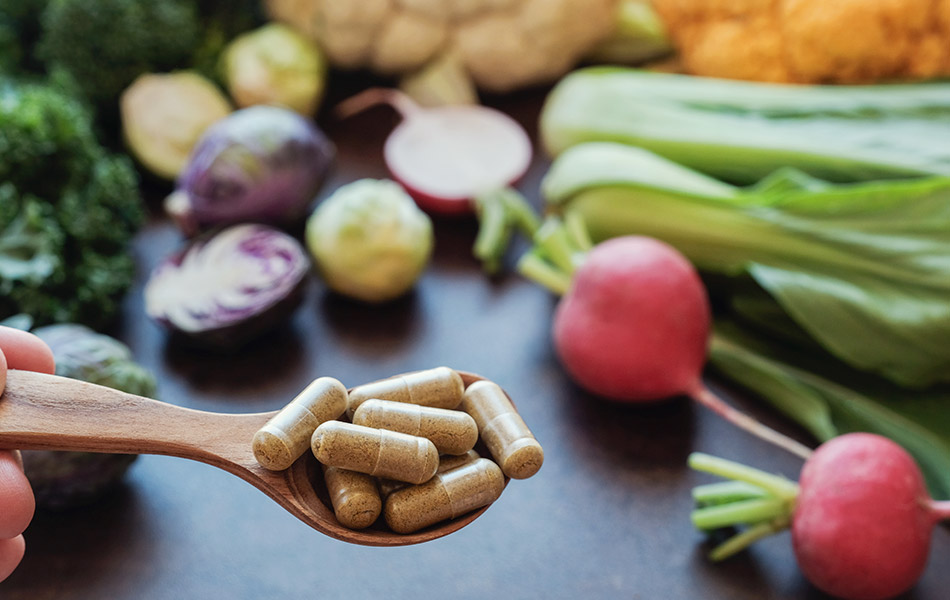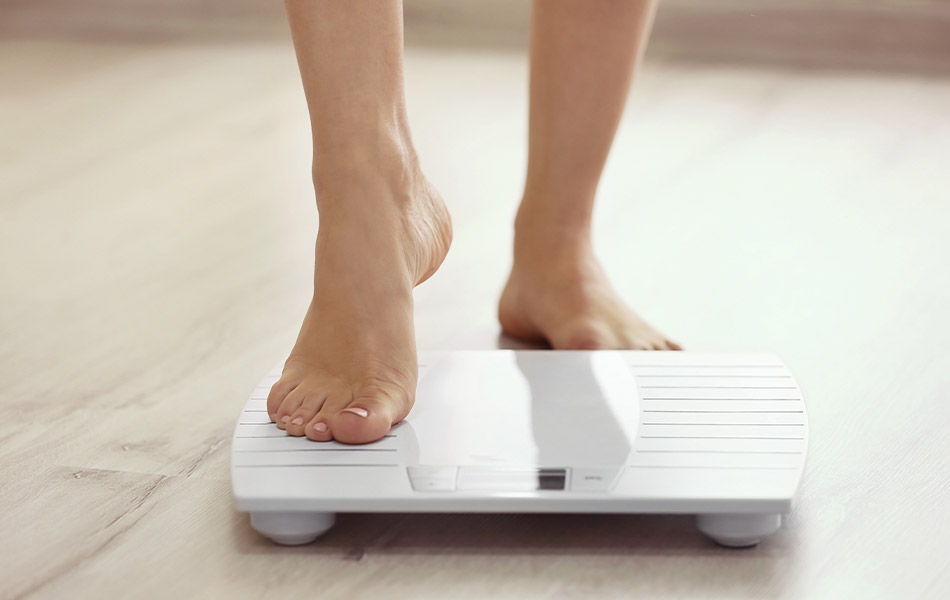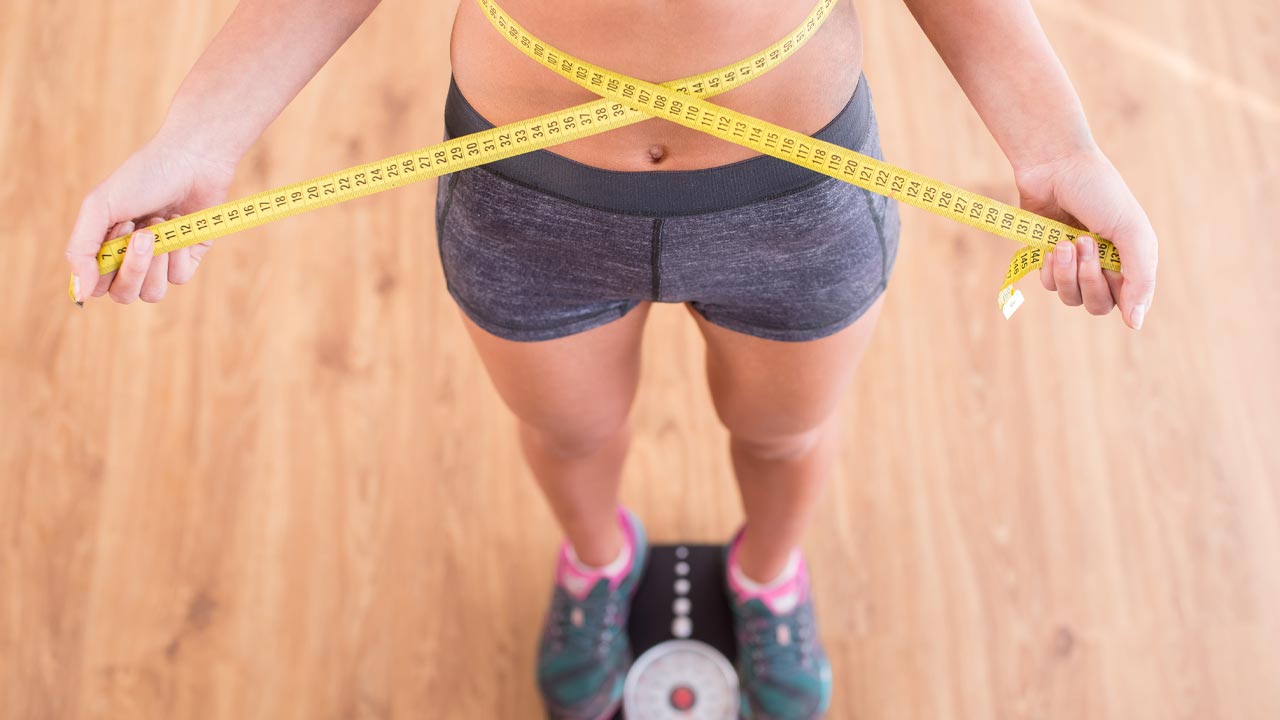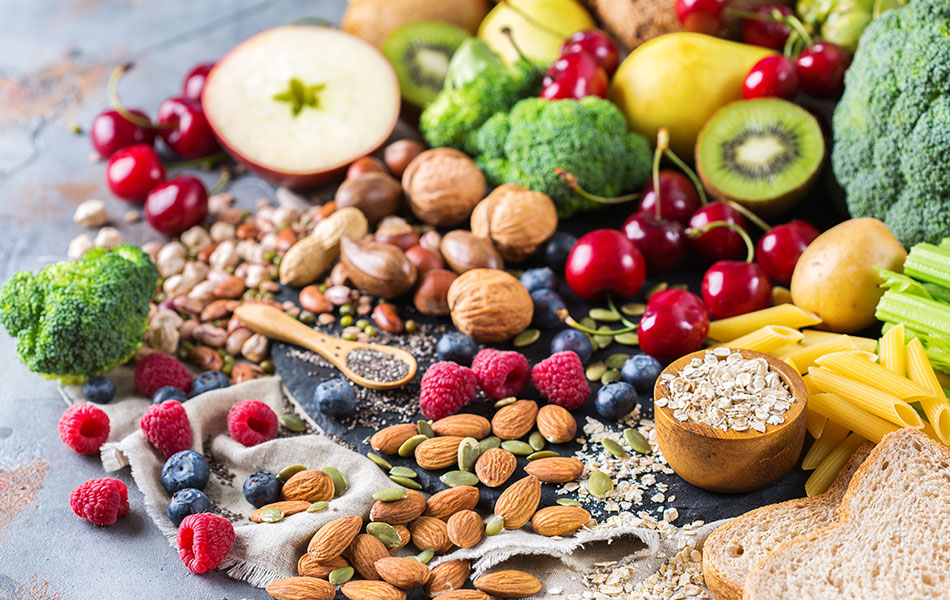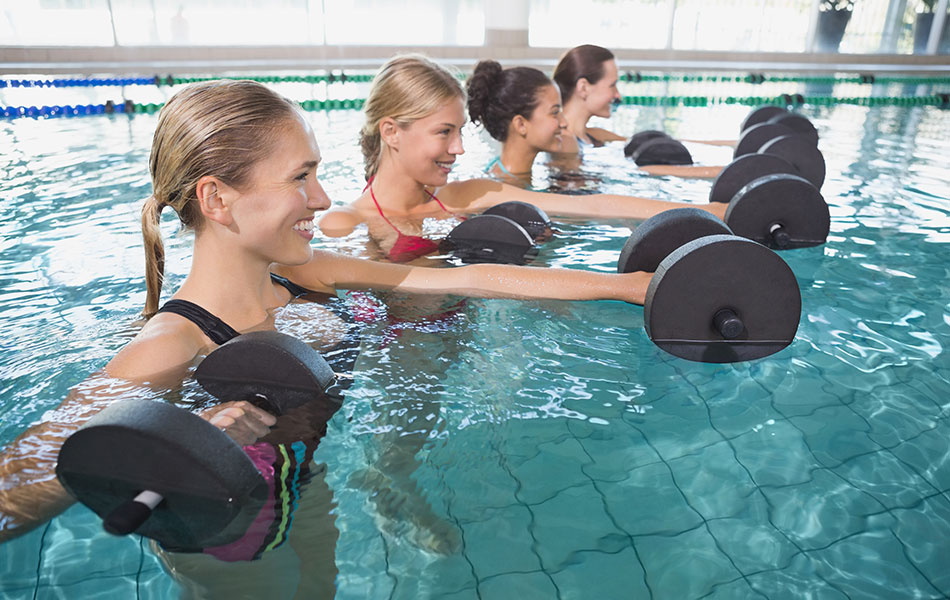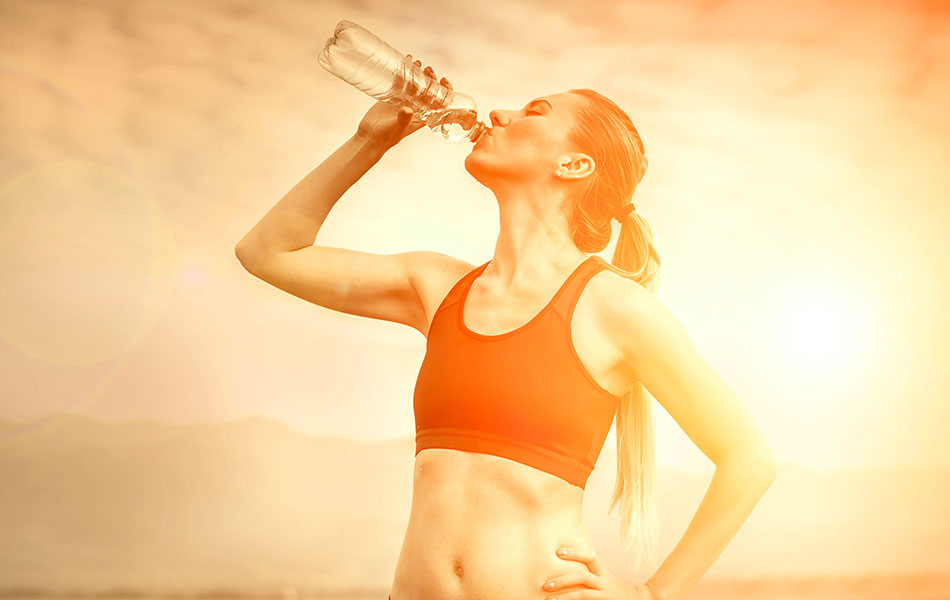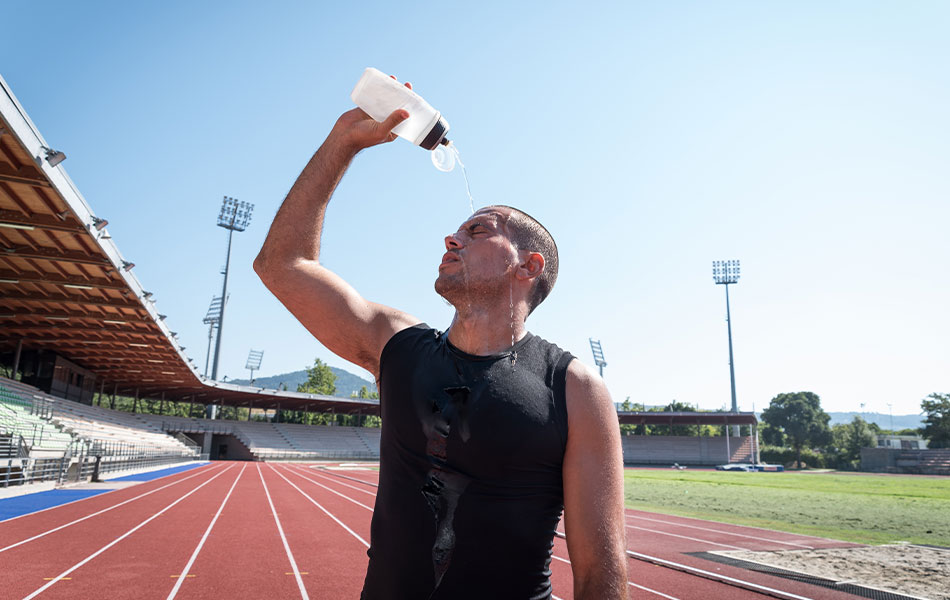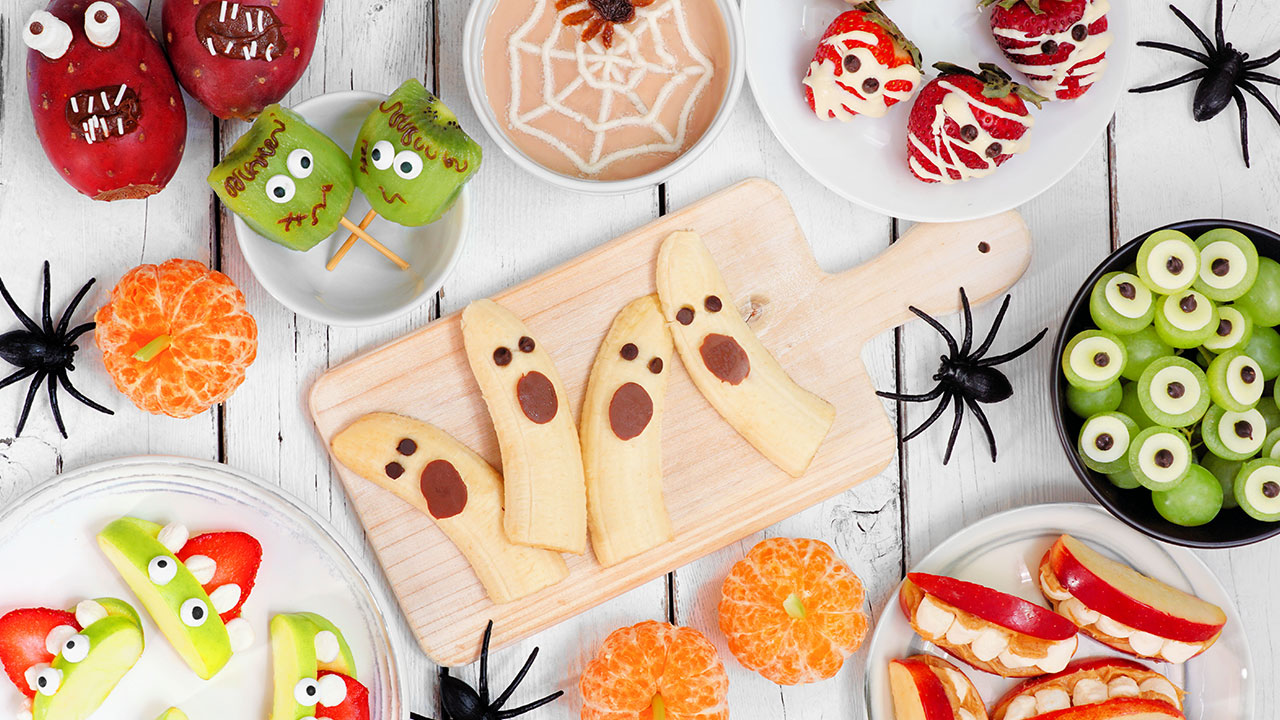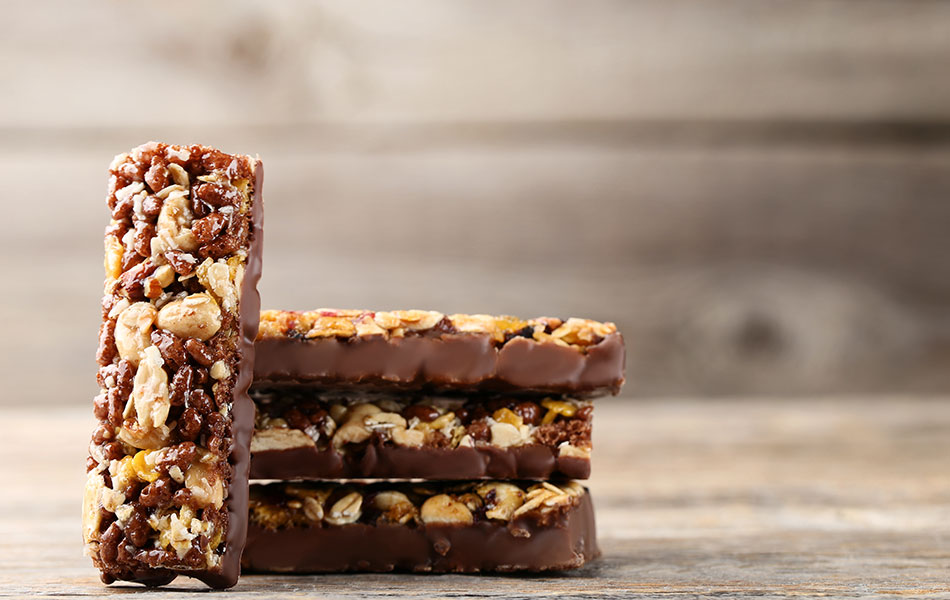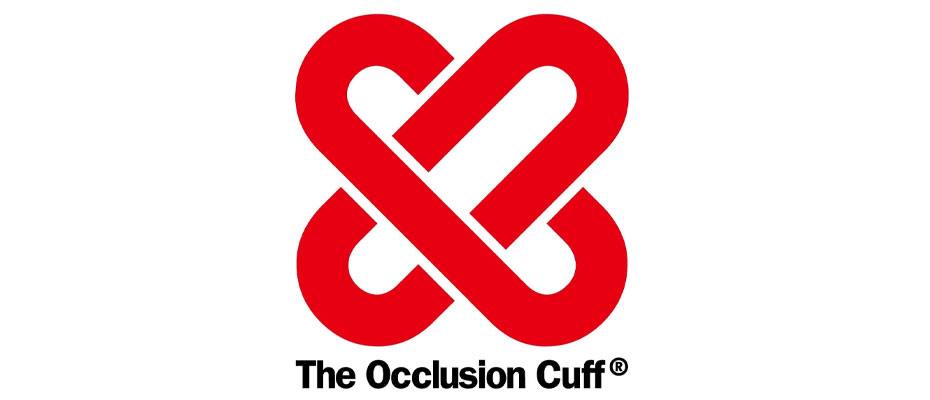Before You Try Intermittent Fasting, Just Know This

Hey Angels and Alphas,
You don’t need a nutrition expert to tell you this – there’s more than one way to eat healthy. While many people subscribe to the usual schedule of three meals per day, various things such as cultural and religious norms, food scarcity, and personal preferences will always result in a plethora of eating habits.
In more recent years, intermittent fasting has become one of the most popular eating plans out there, and it’s one you often see championed by different athletes and celebrities.
But how does it work, exactly, and what are some of the most important things you should know about it before you go ahead and try it for yourself?
Let’s talk about it.
DEFINING INTERMITTENT FASTING
Intermittent fasting is a diet (or more of a lifestyle choice, really) that follows the principle of time-restricted eating… with or without a calorie deficit.
That being said, cycling between periods of eating and fasting can manifest in various iterations. Some people only eat in a specific time of the day, some people fast on certain days of the week, and some people combine fasting with unrestricted eating throughout the majority of the week.
Most basic variations of intermittent fasting call for a 12-hour eating window which is followed by 12 hours of fasting.
Stricter plans might suggest eating all your meals inside an eight-hour window and then fasting for 16 hours — to give an example, this can mean consuming all your calories between 9 a.m. and 5 p.m.
Some people choose to eat whatever they want in this little narrow window, but regardless of what plan you follow, it’s always advised that you eat plenty of nutrient-dense foods.
THAT BEING SAID, SHOULD YOU TRY INTERMITTENT FASTING?
Different people fast for different reasons. And certain religions and philosophies of the world have prescribed it for millennia. But the current spike in interest in intermittent fasting can be directly linked to some of the more recent research regarding its potential health benefits, including great increases in longevity, insulin sensitivity, weight loss, and overall health.
While these possible benefits are indeed compelling, some experts note that these claims are largely rooted in studies involving mice, with the data involving humans being limited or inconclusive. While more research is necessary to fully understand the impact of intermittent fasting, people who try it (and don’t give up on it) seem to be pretty happy with the result.
If weight loss is your number one goal, just note that a study done back in 2017 (even though it studied only about 100 people) discovered that the weight-loss benefits of intermittent fasting seem to be largely comparable with those of a calorie-restricted diet.
But this should not be conclusive, as different things work for different people.
Some people are drawn to intermittent fasting because it doesn’t have to do with how much to eat or what to eat, and therefore it’s a philosophy that can basically be personalized to meet someone’s needs, schedule, and preferences.
And while certain people may benefit greatly from intermittent fasting, including the people who have demanding job schedules and limited time to prepare food, narrowing down the eating window will also decrease the amount of time you have to spend in the kitchen.
However, some experts prefer intuitive eating plans that don’t really include time restrictions, as these restrictions can sometimes be harmful to someone’s relationship with food. These periods of fasting can sometimes impair your ability to listen to your body and respond appropriately to your hunger and fullness signals.
Not to mention, practicing fasting while traveling, while attending social gatherings, or while celebrating holidays and special occasions can be difficult and ultimately unsustainable. If someone’s dieting practices come at the expense of their mental or emotional health, any potential physical benefits may be negated.

